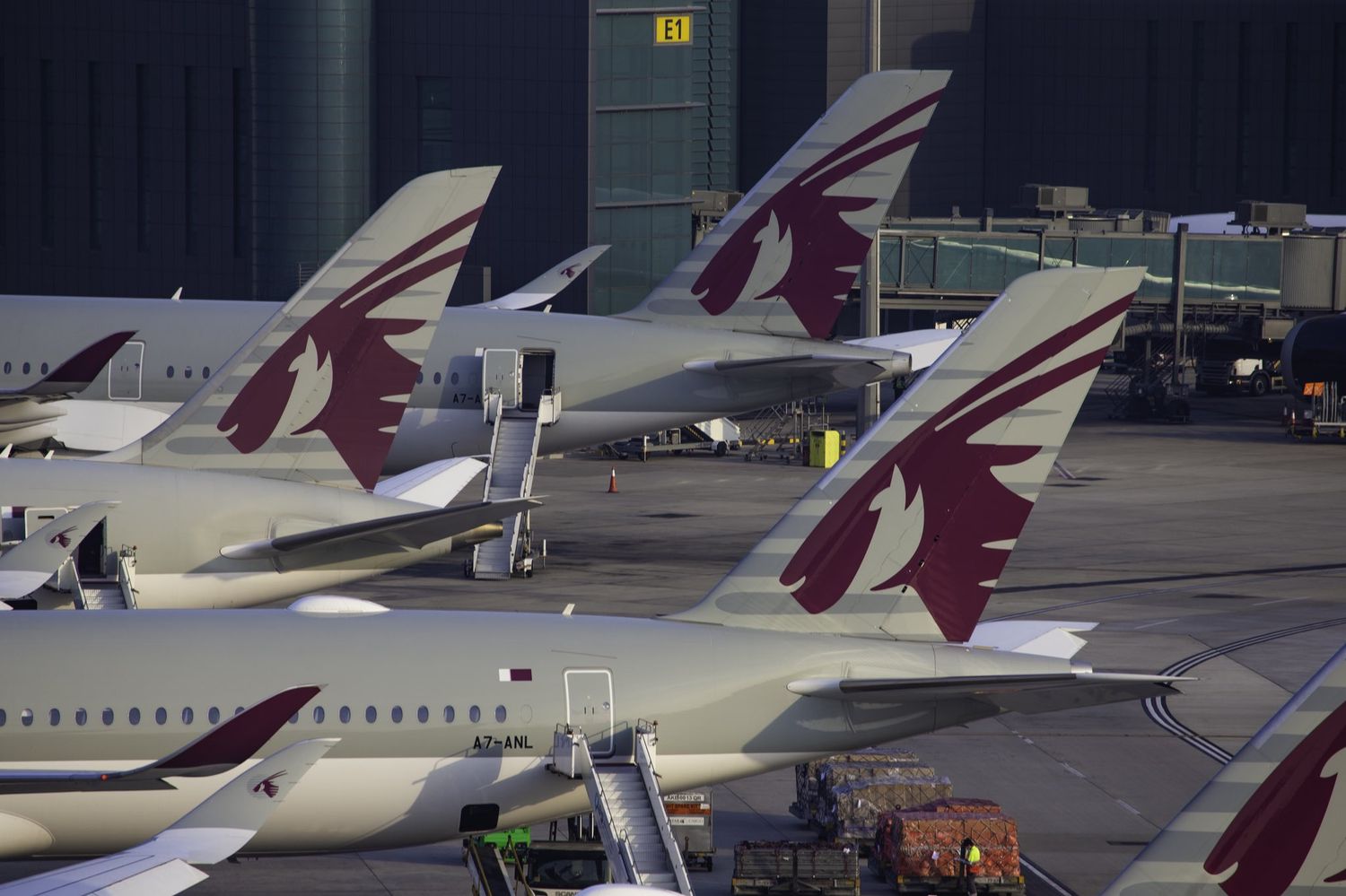For the first time in history, a FIFA World Cup will be held in the Middle East. The territory of Qatar, the host country, does not exceed 12.000 square kilometers. Its size and characteristics pose logistical challenges to the influx of visitors for the event. According to estimates, Qatar will receive around 1.5 million people.
The peninsular country is working to process the increase in the number of passengers incoming by air, without affecting services. Among other measures, Doha International Airport (DIA), closed for commercial operations in 2014, will be reopened.
That year, on May 27th, Hamad International Airport (DOH), which is currently the country’s main airport and Qatar Airways’ main hub, was inaugurated. The new terminal was planned and built to alleviate air traffic congestion problems. It has two parallel runways of orientation 16L/34R and 16R/34L.
However, the possibility of adding additional capacity becomes a key factor on the eve of the start of one of the world’s most important sporting events. Both airports are expected to receive the majority of visitors. On the other hand, airlines in the region such as Emirates, Saudia, Flydubai and Oman Air will contribute to reinforcing the supply of seats available at nearby airports.
For its part, Qatar Airways plans to reduce frequencies on its network to reinforce routes with the highest demand from tournament attendees.
Hamad International Airport is also undergoing an expansion process. The first phase of work, currently underway, will increase its capacity to more than 58 million passengers per year by the end of 2022. The second phase, which will begin after the World Cup, will enable it to handle more than 60 million passengers.
It received a total of 7.14 million passengers in the first quarter of this year: 2.16 million in January, 2.17 million in February and 2.81 million in March.
See also: Aerolíneas Argentinas opens Buenos Aires – Doha route sales


Comentarios
Para comentar, debés estar registrado
Por favor, iniciá sesión